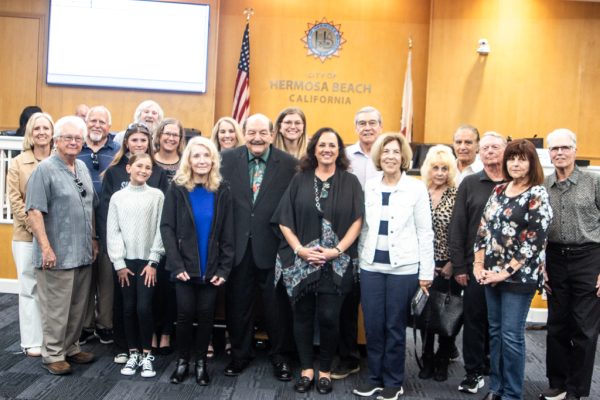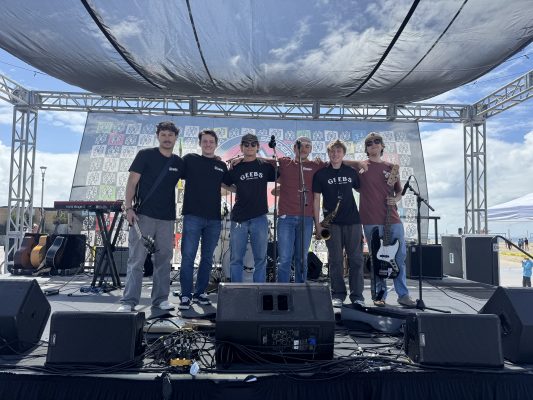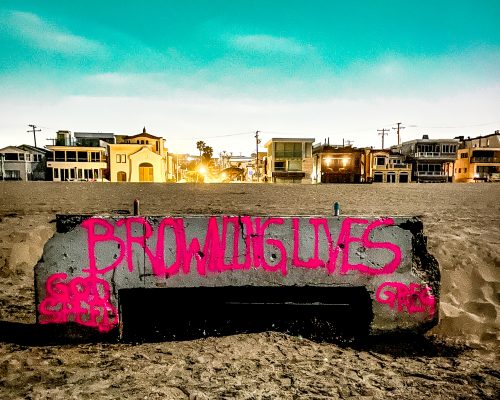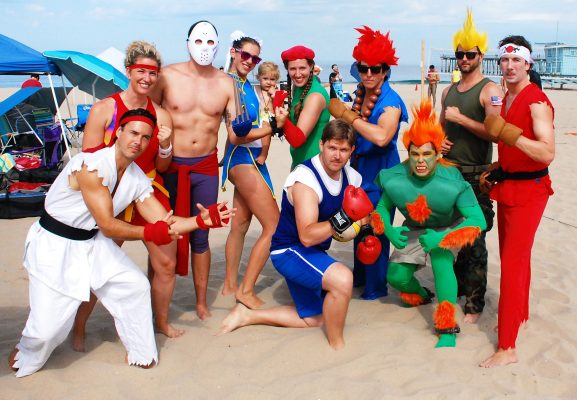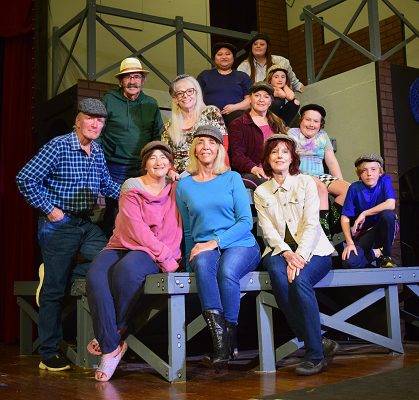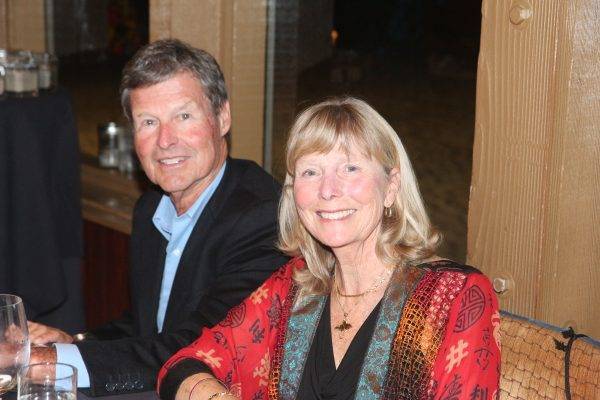
The Grand National is a sporting event that has become a part of the cultural fabric of the British sporting calendar. The annual horse race, which takes place at Aintree Racecourse, attracts millions of spectators and viewers from around the world, and has become an event that is steeped in tradition and pageantry. But beneath the veneer of packed-out stands and well-dressed spectators assessing the odds to make a Grand National bet, it’s a truly gruelling race, one that has caused casualties in years gone by.
Indeed, winning the National and basking in the glory of the Aintree faithful is also to write your name in the history books as far as National Hunt racing is concerned. However, the race is notoriously difficult to win and has certainly not gone without its controversy. With some infamously challenging fences, it is almost inevitable that at least once horse will fall over and there have been plenty of protests against the race. But how did it become so popular in the first place. Let’s take a look at the Grand National timeline and assess how the race evolved into the phenomenon we know today.
Humble beginnings
The first edition of the National can be traced back as far as 1839. Lottery was crowned the race’s first winner when the event was known as the Grand Liverpool Steeplechase. As popularity continued to grow, we saw Aintree develop, with new stands put in to improve the facilities as well as several different changes to fence sizes and course distances, with the race now lasting four miles and two-and-a-half furlongs. There has also been an increase of prize money, with a seven-figure reward for the winner.
Never a dull affair
Another big reason for the race’s popularity is the sheer amount of quality races on display. Consistently delivering exciting and unpredictable races time and again was a big reason for the National’s growth, and over the years there have been plenty of horses who have cemented a legacy. The likes of Red Rum, who now proudly has a statue outside of the grandstand, to more recent winners like Many Clouds and Tiger Roll are a big reason for fans to make the trip to Aintree. As are the outsiders, who seem to consistently defy the odds after everything falls into place for them. The most recent example being reigning champion Noble Yeats, who won last year’s race despite odds of 50/1.
Protests and cancellations
There have been plenty of times where people have scrutinised the National as well. After protesters ran onto the track in 1993 following various casualties in prior years, the race was declared void after some false starts, and two deaths in 2011 saw the race criticised by animal rights groups. However, the Jockey Club try to ensure conditions are as safe as possible, and numbers have decreased in recent years.
Culturally significant
Over the years, the Grand National has become more than just a horse race. It is an event that has become an integral part of British culture. From the fashion and pageantry of Ladies Day to the excitement and anticipation of race day, the Grand National has become a symbol of national pride and identity. Up there with Wimbledon and a day out at Wembley, the event attracts more than just horse racing enthusiasts and after the 2021 edition of the National was forced behind closed doors it was refreshing to see a full crowd back once again last year.



